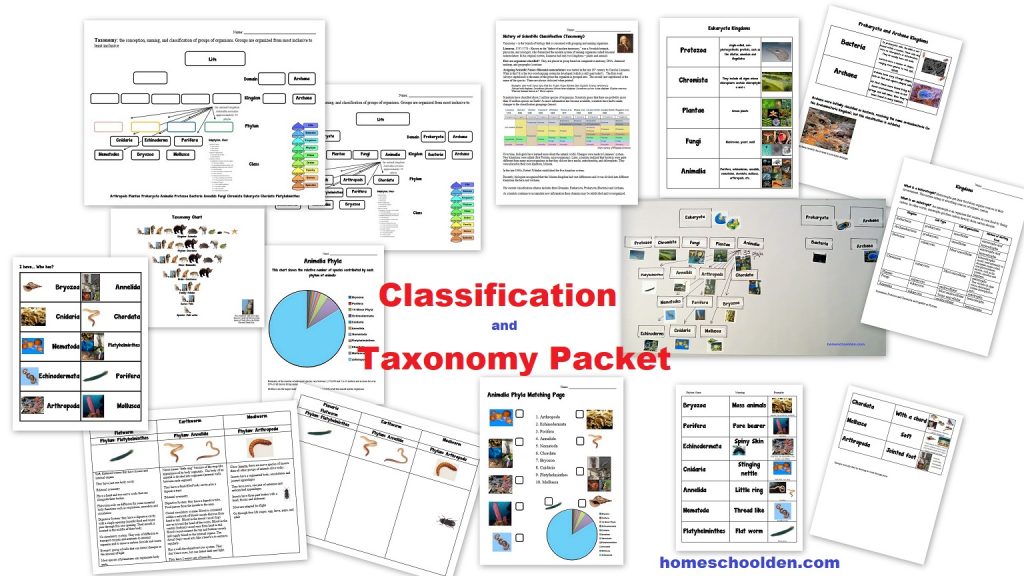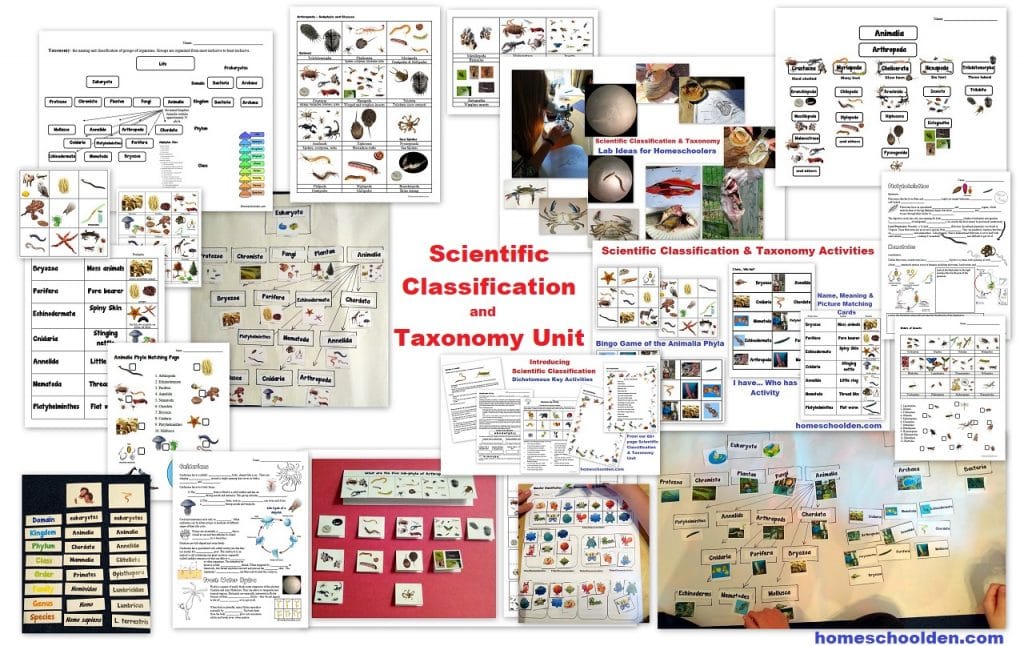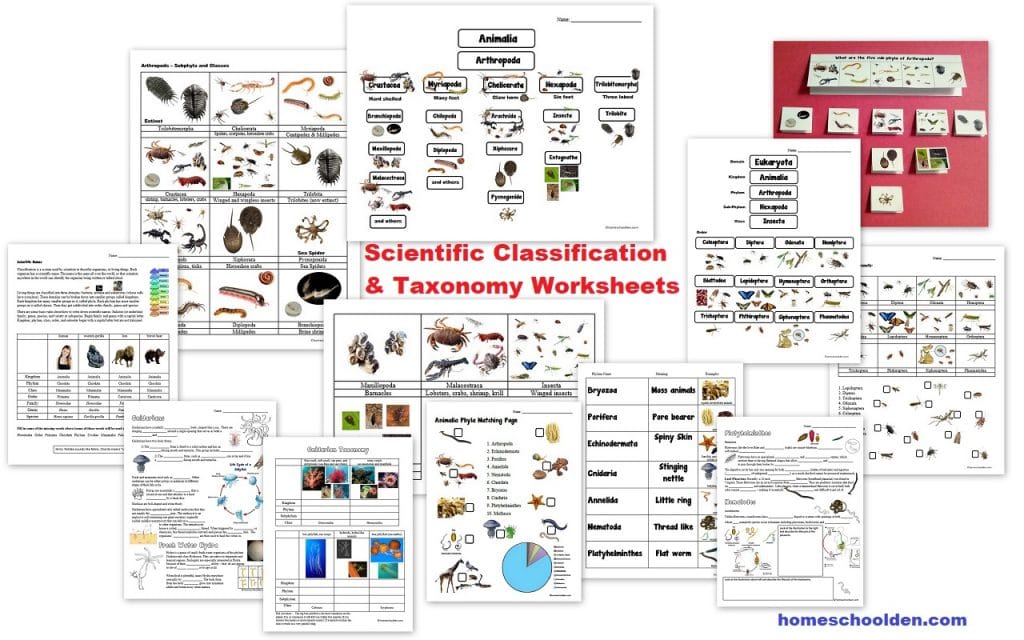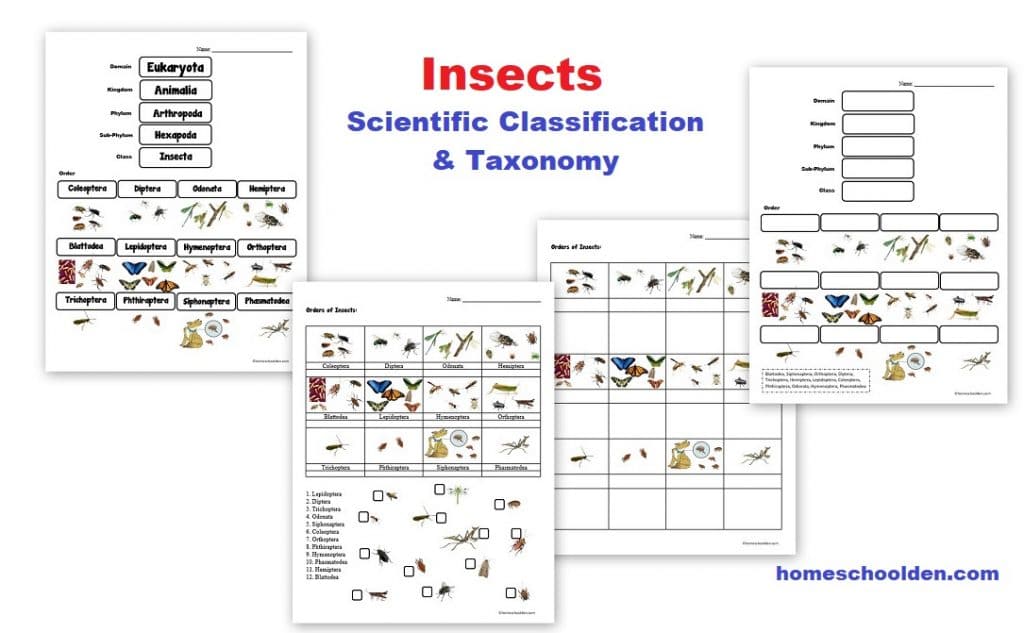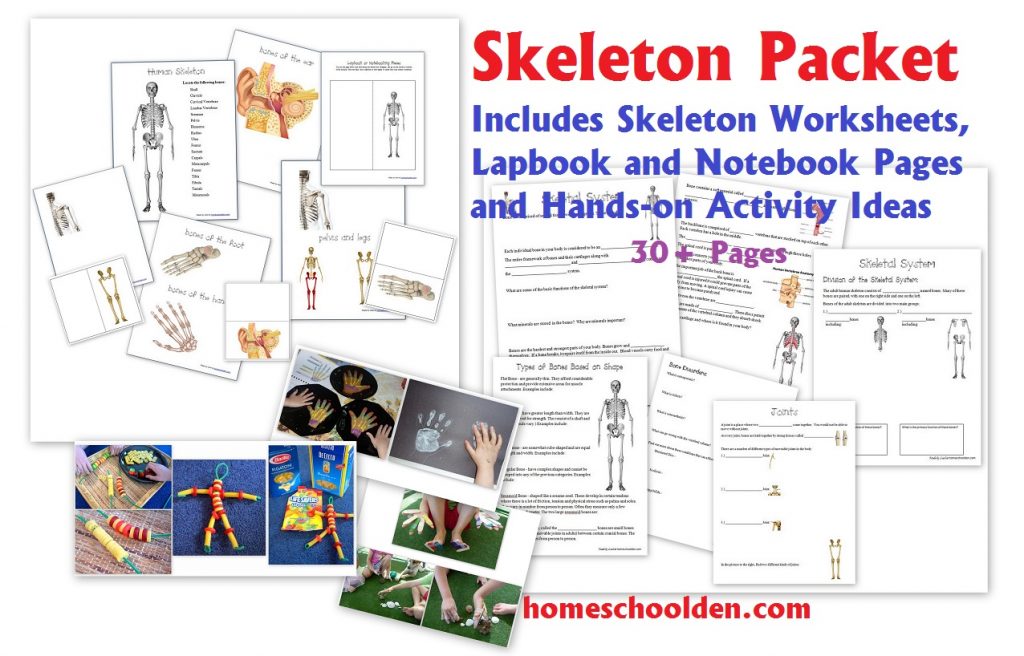Science Club Week 8: Taxonomy and Scientific Classification (Fish), Earth Science Wrap Up
I realized that I never wrote up a summary of what we did at our last Science Club meeting! We had such an amazing experience doing this club… the kids all became good friends and if you are contemplating putting a science club together, I *highly* recommend it! My kids really looked forward to our Friday afternoons and I think everyone learned a lot along the way.
If you’re just tuning in, our Science Club covered two units — Earth Science and Taxonomy & a biology unit on scientific classification and taxonomy. Our last meeting focused mostly on biology because it culminated in our dissection of a fish. 🙂
Over the course of the fall, we talked about what the taxonomy chart is, how/why it first started (by Linnaeus) as a means of classifying the living world around us, and how it has changed over time. Most every week, the kids took the labels and pictures and filled in a poster-sized version of the blank classification chart (see the top picture below).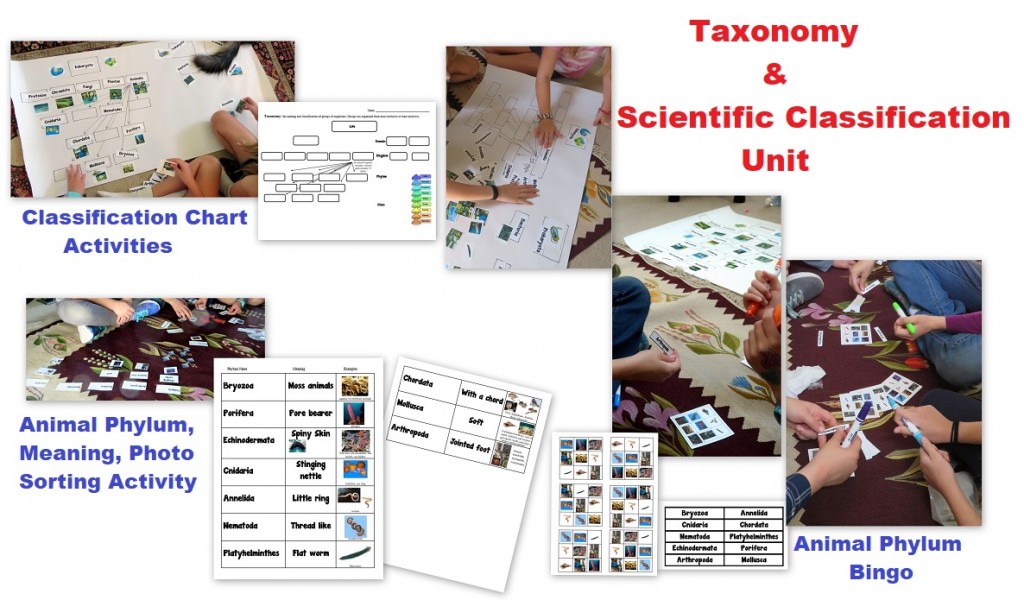
This last class, I brought out a matching activity. The kids had to match not only the phylum name and the photo, but also the meaning (which we hadn’t talked about before). It was trickier than they thought. Mollusca means “soft” for example, which stumped them because clams and oysters have such hard shells!
Then while everyone was finishing the matching activity up, the groups then played rounds of ‘Animal Phylum Bingo’ with one another. 🙂 They all enjoyed that. (The kids in our club were 9 to 14.)
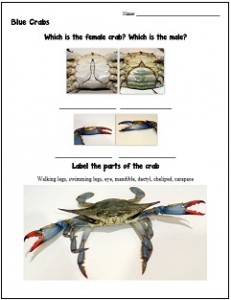 Before getting to our activity, we reviewed what we had learned the week before about blue crabs and how to identify the males and females. They filled out the blue crab worksheet for the notebook pages and labeled all the parts of the crab.
Before getting to our activity, we reviewed what we had learned the week before about blue crabs and how to identify the males and females. They filled out the blue crab worksheet for the notebook pages and labeled all the parts of the crab.
We then went right on to fish anatomy. They filled in the fish anatomy worksheet and then we all piled downstairs to do some fish dissection.
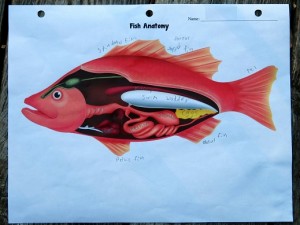 Our local fish shop carried small 6-inch fish for just a couple of dollars each. I bought enough for everyone to be able to dissect their own (and I passed around disposable gloves). Some kids were slow and meticulous, others focused on looking for the brain or the eyeball. Most of the kids were pretty engaged… and not too grossed out with their dissection. We used scissors, knives and a small dissection kit. Most of the kids started with a knife but then passed around scissors to cut through the skin.
Our local fish shop carried small 6-inch fish for just a couple of dollars each. I bought enough for everyone to be able to dissect their own (and I passed around disposable gloves). Some kids were slow and meticulous, others focused on looking for the brain or the eyeball. Most of the kids were pretty engaged… and not too grossed out with their dissection. We used scissors, knives and a small dissection kit. Most of the kids started with a knife but then passed around scissors to cut through the skin.
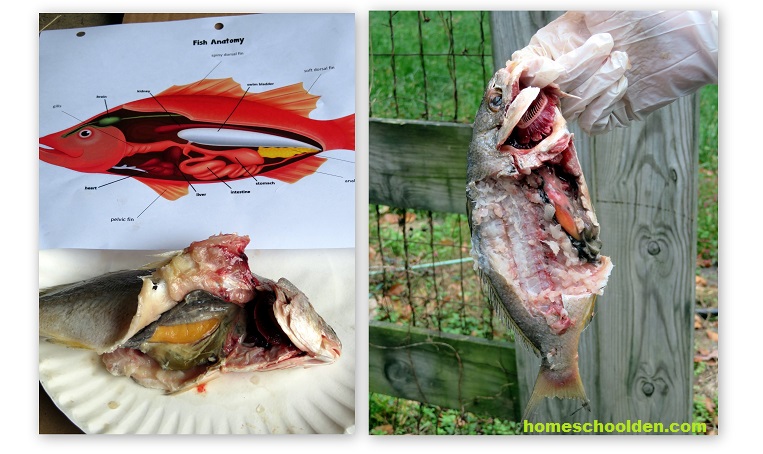 You can check out the Taxonomy and Scientific Classification Packet here.
You can check out the Taxonomy and Scientific Classification Packet here.
Earth Science: The dissection was our main activity and it took most of the time, but we did spend time wrapping up our discussion of tectonic plates. We talked about the different types of plate boundaries: divergent, convergent, transform. They had to shout out what kind of boundary it was as I moved my hands apart, moved them together, or slid them past one another. By the time we had done that quite a bit, they had those down pat!
Then they did the tectonic plate puzzle again and we looked closely at the arrows (on the page you see below right) to see what they of boundary it was. By looking at that, they could see clearly how the plate along the west coast of the US was a transform boundary while the plate boundaries along India/Asia is a convergent boundary.
 We filled in the worksheet about the different convergent boundaries (oceanic-continental, continental-continental, oceanic-oceanic) and looked closely at how trenches, mountains, and/or volcanoes were/are formed as the plates pushed past one another or pulled apart. These activities and worksheets are all included in our 100+ page Earth Science Packet.
We filled in the worksheet about the different convergent boundaries (oceanic-continental, continental-continental, oceanic-oceanic) and looked closely at how trenches, mountains, and/or volcanoes were/are formed as the plates pushed past one another or pulled apart. These activities and worksheets are all included in our 100+ page Earth Science Packet.
And, while the Science Club had come to an end, I went on to talk about volcanoes in quite a bit more depth with my kids. 🙂 I actually posted about that already in this post: Volcanoes-Earth Science Unit. (Again, those are all included in the 100+ page Earth Science Packet.) When we first studied volcanoes several years ago, we spent more time on the parts of volcano (and of course made our own!). This time we looked more closely at how the composition of magma affects the type of volcanic activity produced. We then went on to talk about volcanic hazards. Along the way, we did an amazing Coursera course that even my youngest (age 9) really enjoyed! It was called Planet Earth.
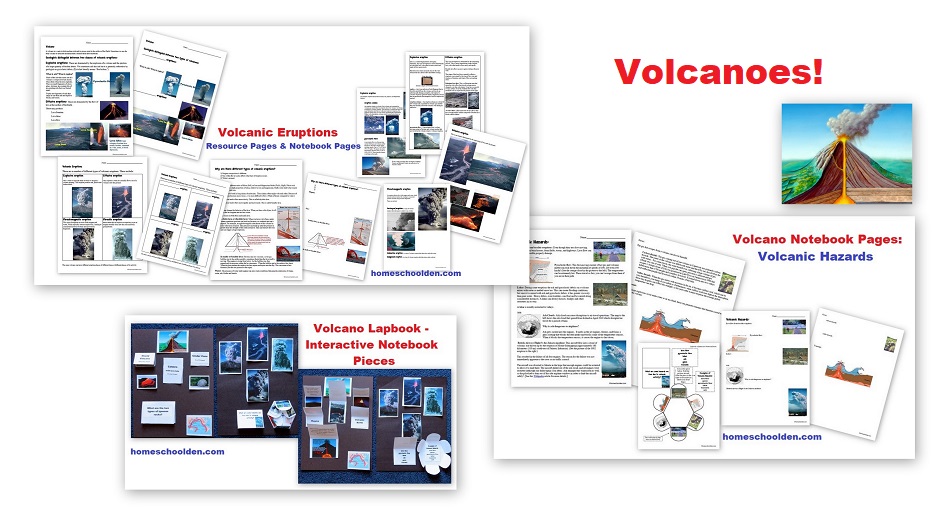 As for our science club, at the end of our final class, we had a little party! Everyone enjoyed just hanging out with one another!
As for our science club, at the end of our final class, we had a little party! Everyone enjoyed just hanging out with one another!
Science Club went so well, we’ll probably do another Science Club in the spring at some point. They were such a great group of kids to work with! Again, I’d whole-heartedly recommend putting together something like this if you have the inclination! It was really rewarding!
See the other Science Club weeks here:
- Science Club Week 1: Characteristics of Good Scientists, Layers of the Earth
- Science Club Week 2: Plate tectonics, taxonomy, mealworms and flatworms
- Science Club Week 3: Taxonomy and Classification, Engineering Challenge
- Science Club Week 4: Understanding Convection Currents, Taxonomy, Engineering Challenge
- Science Club Week 5: Earthquake Vibrations, Platyhelminthes – Annelids (flatworms and earthworms)
- Science Club Week 6: Earthquake Waves (Body and Surface Waves);
- Science Club Week 7: Plate Boundaries, Observation and Dissection (Crabs – Clams/Oysters)
- Science Club Week 8: Convergent Boundaries, Observation and Dissection (Fish)
See you again soon here or over at our Homeschool Den Facebook Page! Don’t forget to Subscribe to our Homeschool Den Newsletter. You might also want to check out some of our resources pages above (such as our Science, Language Arts, or History Units Resource Pages) which have links to dozens of posts. You might want to join our free Homeschool Den Chat Facebook group. Don’t forget to check out Our Store as well. ![]()
 Happy Homeschooling, everyone!! ~Liesl
Happy Homeschooling, everyone!! ~Liesl
Interested in checking out some of our other units?
Cell Unit: For several years now, we have been going over the organelles of the cell. Even ED (my youngest) has a pretty good idea of the functions of the mitochondria, ribosomes and things like that! This past fall, we added a bit to the unit when we talked about plant cells.
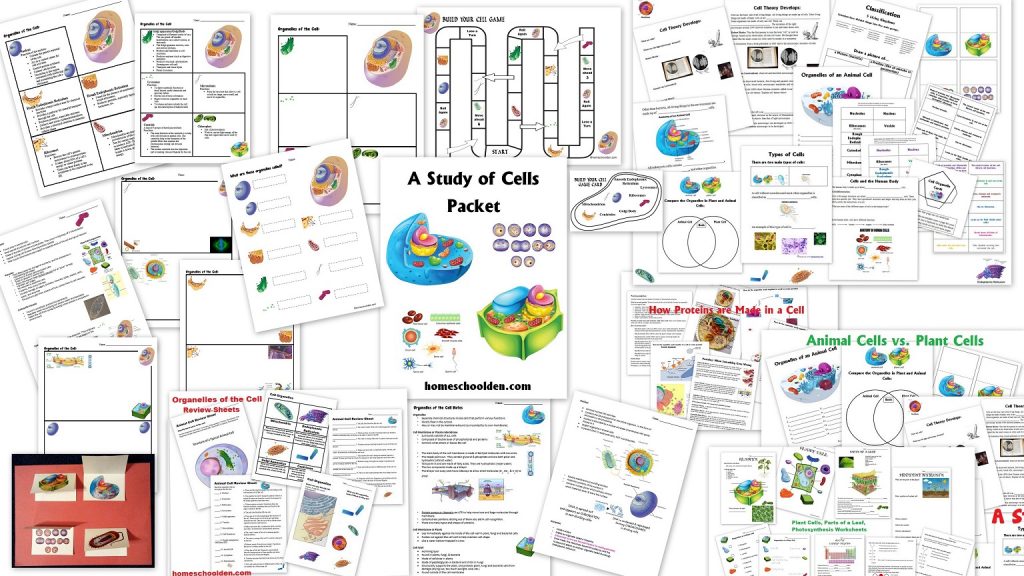

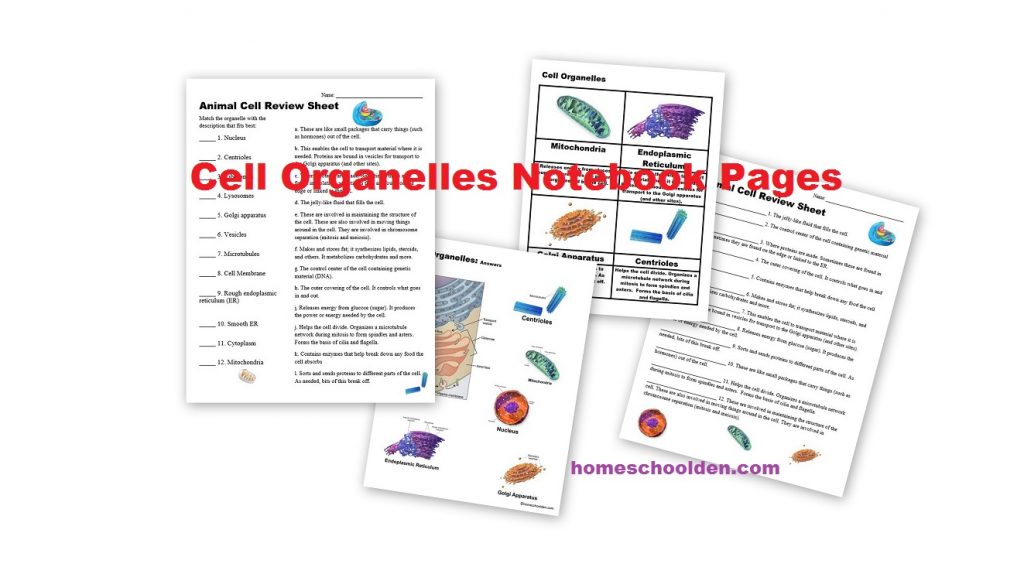 Human Body Systems: From there, we often go into a study of one of the Human Body Systems. We’ll usually start with a review of the Human Body Systems and some of the body’s organs.
Human Body Systems: From there, we often go into a study of one of the Human Body Systems. We’ll usually start with a review of the Human Body Systems and some of the body’s organs.
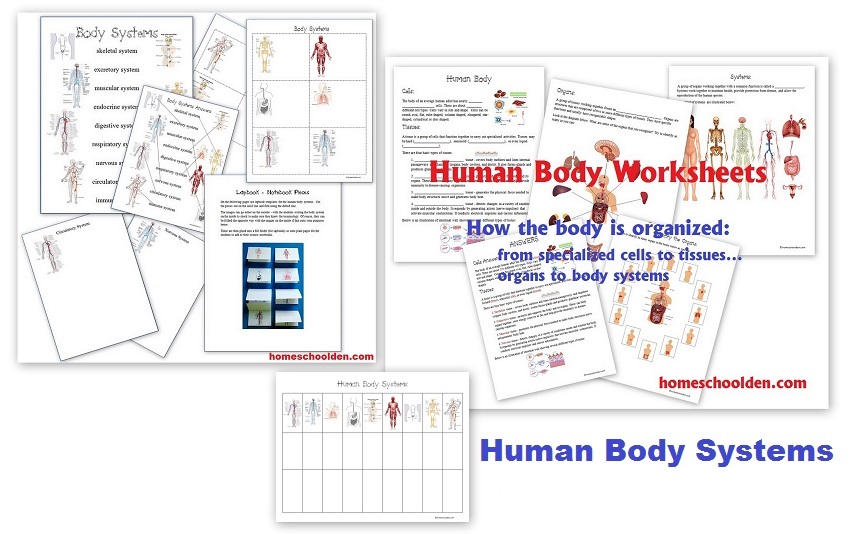 Then we usually go into more depth about one of the human body systems.
Then we usually go into more depth about one of the human body systems.
We’ve done the Skeletal System
Circulatory System Last year we did a big unit on the circulatory system. We talked about the heart, blood vessels, composition of the blood, pulse rate, blood types, and various diseases. The kids really enjoyed this unit and we all learned a lot!
 Digestive System It has actually been several years since we last studied this. We are going to go into quite a bit of depth in the next month or so about the digestive system, nutrition and health. We started a book together that the kids have really been into (and we even changed our homeschool routine to add in a half-hour of dedicated exercise just because of this book)… but I leave that for another post sometime down the road!!
Digestive System It has actually been several years since we last studied this. We are going to go into quite a bit of depth in the next month or so about the digestive system, nutrition and health. We started a book together that the kids have really been into (and we even changed our homeschool routine to add in a half-hour of dedicated exercise just because of this book)… but I leave that for another post sometime down the road!!
You can find out more about our Digestive System Packet here:
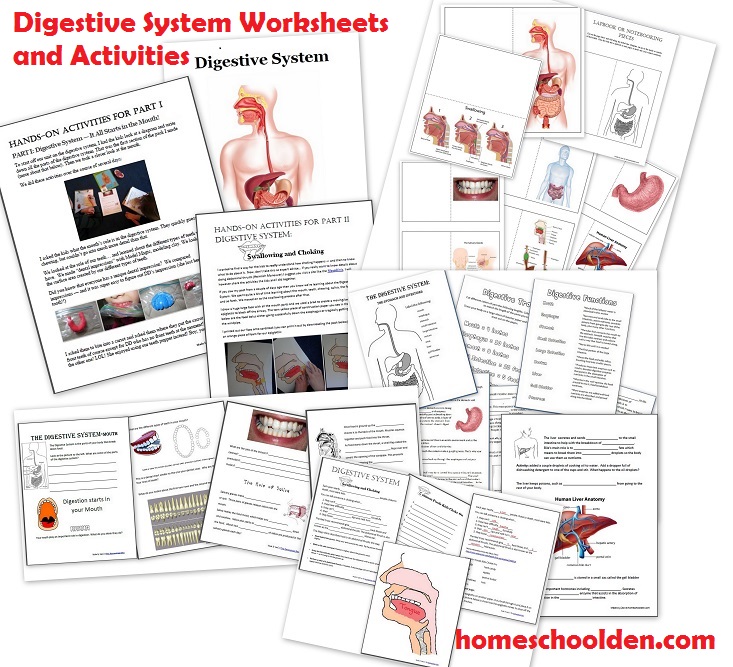 If you are interested in some of the science units we’ve done over the past couple of years, you might enjoy looking through one of these posts:
If you are interested in some of the science units we’ve done over the past couple of years, you might enjoy looking through one of these posts:
Homeschool Science 2016 Year in Review
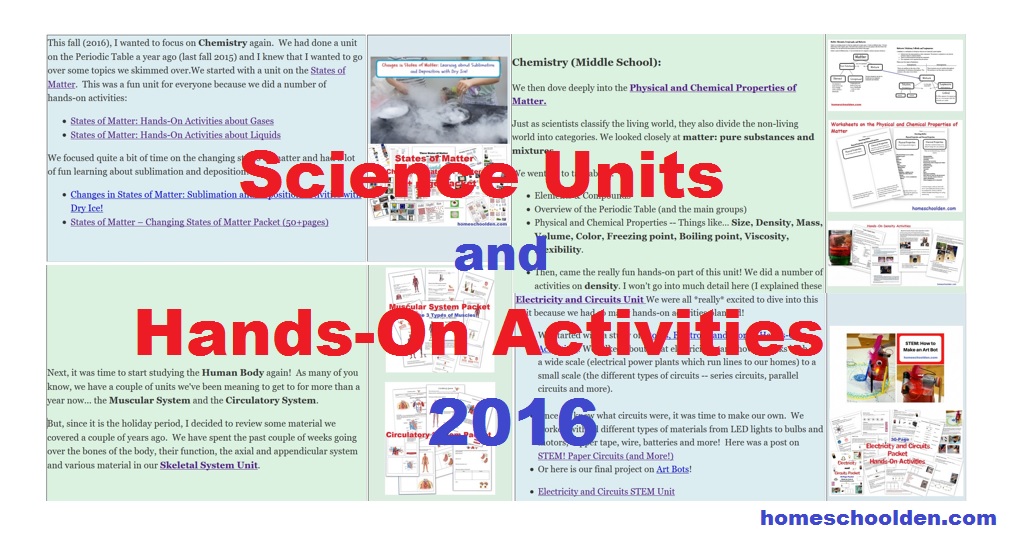
Science Year in Review 2016-2017 (Grades 8, 6, 3)

